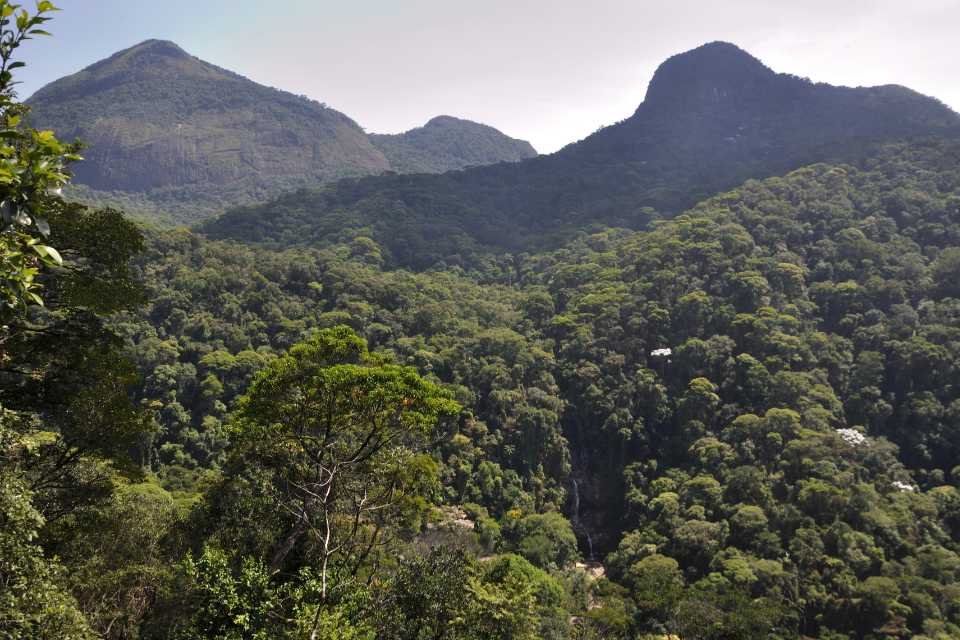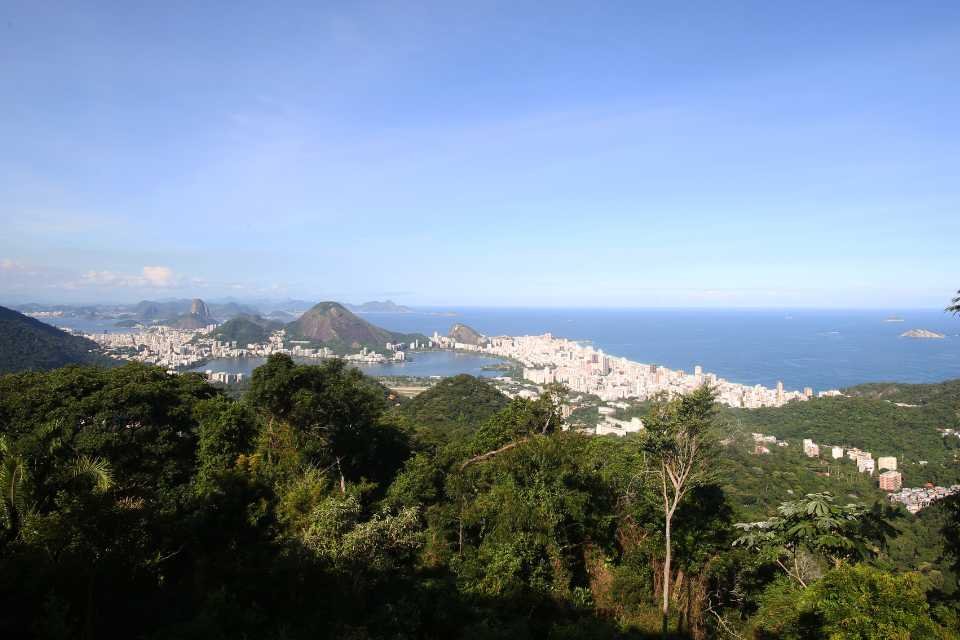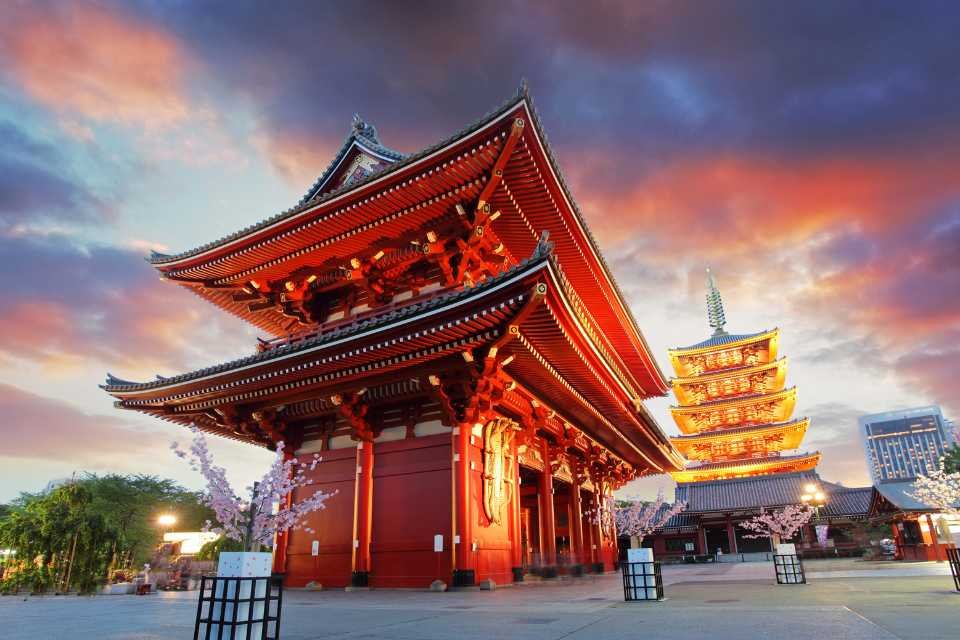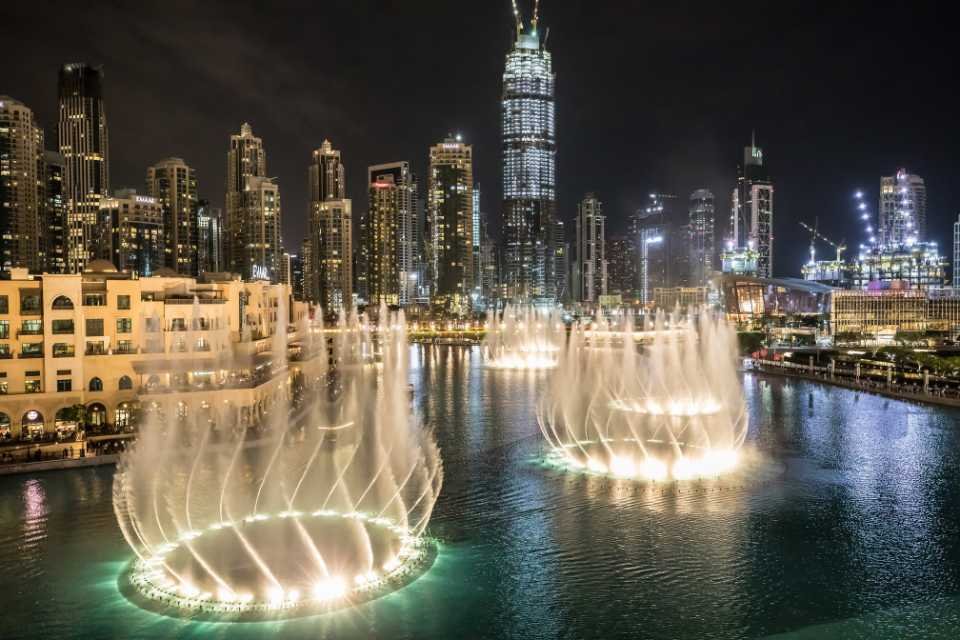Tijuca National Park travel guide
Everything you need to know about Rio de Janeiro’s lush green garden
The Tijuca rainforest, which extends northward from Rio de Janeiro and into the neighbouring territories, is a portion of the greater Atlantic rainforest that traverses the length of Brazil from the south to the north. It's a wonderland of waterfalls, vistas, hiking trails, summits, and monuments, all within a few hours' drive of one other. Read on to learn more about one of Rio’s best things to do.
History of Tijuca National Park
Rio de Janeiro was once encircled by Atlantic rain forest until the nineteenth century. There is presently only the Tijuca National Park, which covers an area of 13 square miles (33 square kilometres) (Parque Nacional da Tijuca).
It is home to ocelots, howler monkeys, more than 300 species of birds, waterfalls, and one of Rio's most recognisable sights, the Christ the Redeemer (Cristo Redentor) statue atop Corcovado Mountain, which is covered in tropical trees bound together by vines.
The Tijuca National Park main sights
The Floresta da Tijuca's Alto da Boa Vista section, home to a plethora of beautiful natural and man-made elements, is the forest's beating heart. Many waterfalls (Cascatinha de Taunay, Cascata Gabriela, and Cascata Diamantina), an old chapel (Capela Mayrink), and numerous caves (Gruta Luis Fernandes, Gruta Belmiro, and Gruta Paulo e Virgnia) are among the park's most notable features.
Cristo Redentor
Cristo Redentor stands atop Corcovado, or "hunchback," overlooking Rio de Janeiro. Nearly every area of the city can see the 1145-ton, 38-meter-high open-armed statue of Jesus Christ that adorns the mountain's summit, which soars straight up from the city to a height of 710 metres. The red narrow-gauge train, which departs every 30 minutes, takes around 20 minutes to reach the top of the statue.
Waterfalls
Tijuca is home to 30 waterfalls, the most well-known of which is Cachoeiro do Horto. Tijuca The trailhead for the waterfall lies just past the entrance, on the other side of the forest road.
Restaurante Os Esquilos
Restaurante Os Esquilos and Restaurante Baro a Floresta, both near the remains of Runas do Archer, are also located in the park.
Cascades of water are ideal for taking a nice shower under because they're both high and gentle. Relax in the natural bliss of the pool in front of you all day long. Cascatinha waterfall is another well-known waterfall, recognised for its beauty and tranquilly.
Tijuca National Park Wildlife
A wide variety of animals live in the park, including iguanas and monkeys, which you may see on one of the many fantastic day treks available. At the park's entry, visitors can pick up a free trail map.
Mayrink Chapel
The Mayrink Chapel, a little, pink chapel that has weathered the test of time amid the forest since 1860, is another intriguing structure. Brazilian artist Cândido Portinari, an important and significant exponent of the Neo-Realism movement, has murals and paintings on display inside the altar.
The Mesa do Imperador (The Monarch's Table), where Brazil's last emperor, Pedro II, took his court for picnics, is further down the narrow, winding route through the jungle.
How to visit Tijuca National Park
Take Rua Jardim Botânico, which runs east from Gávea and is two blocks past the Jardim Botânico. Following Tijuca or Corcovado signs for a couple of quick left turns, you'll arrive at the back of the Jardim Botânico and turn right. Take a fast rise into the forest, passing Vista Chinesa and Mesa do Imperador, before returning to the trailhead.
After a few kilometres, you'll notice the stone columns that mark the entrance to Alto da Boa Vista on your left, just after you appear to have emerged from the woods.
You can also drive to Alto da Boa Vista from So Conrado by taking the Parque Nacional da Tijuca signs and turning right up the hill. Once in the park, take the Estrada da Tijuca north, which finally ends up on the road that leads to the park's entrances.
Tijuca National Park tours
If you'd rather avoid getting lost and see as much as possible while on the drive through the forest, a guided tour of Tijuca Rainforest is recommended. Numerous tour operators in Rio de Janeiro provide excursion packages that include visits to the Tijuca rainforest. Tijuca forest, despite its lack of wilderness and rare animal species, nonetheless has a lot to offer in terms of beauty, charm, and majesty.











